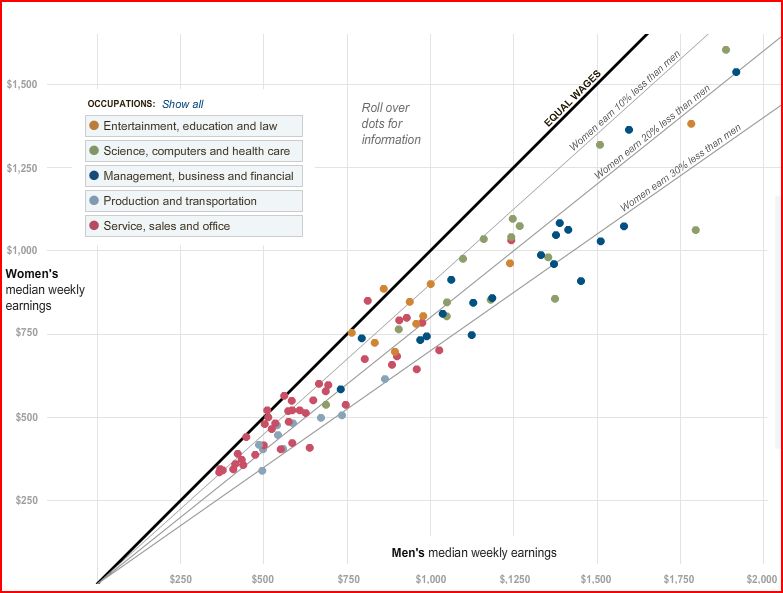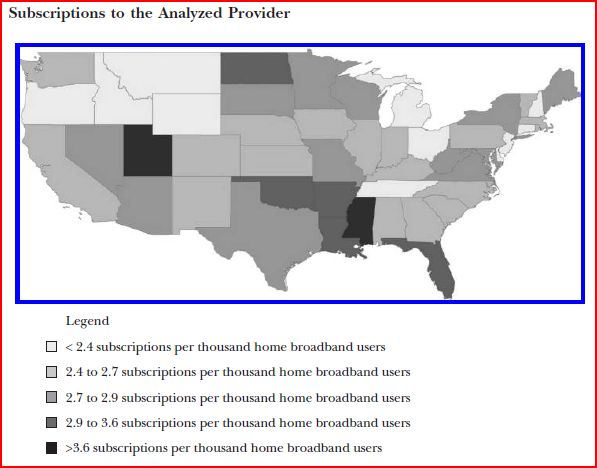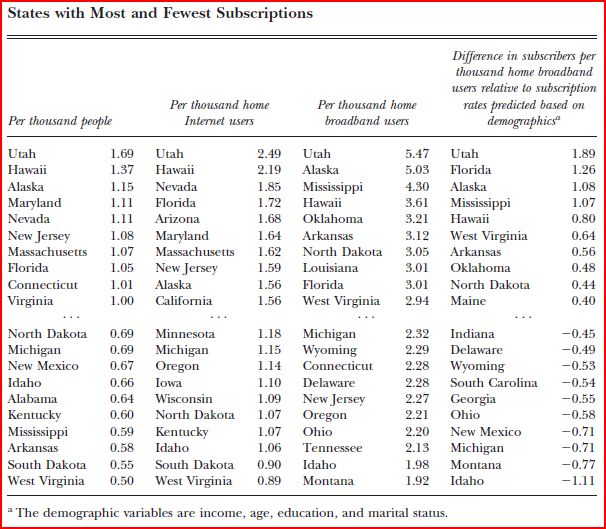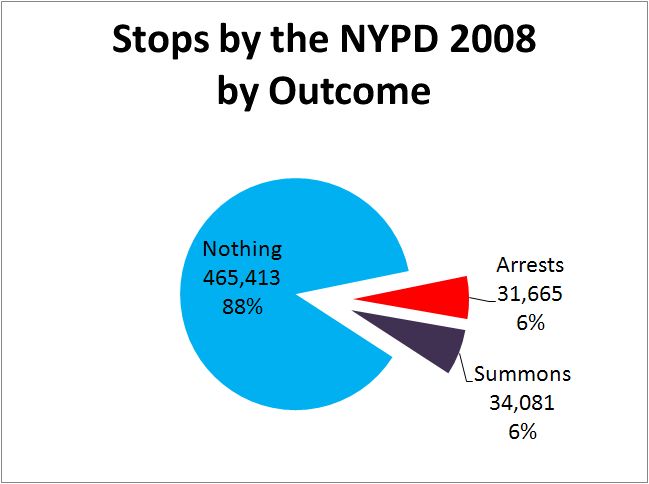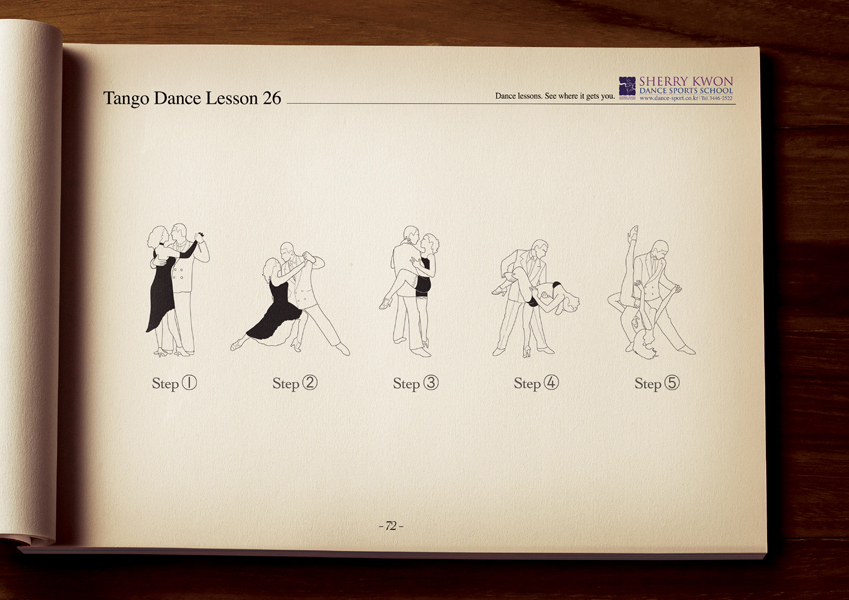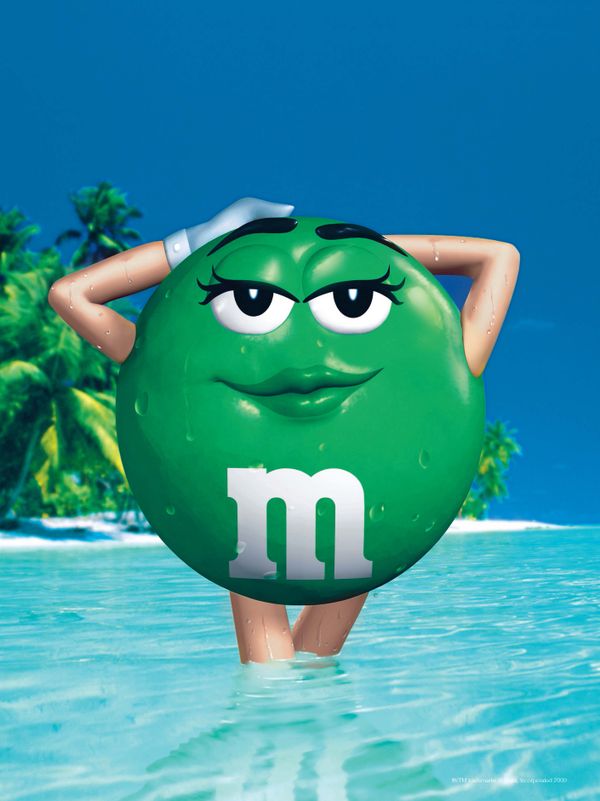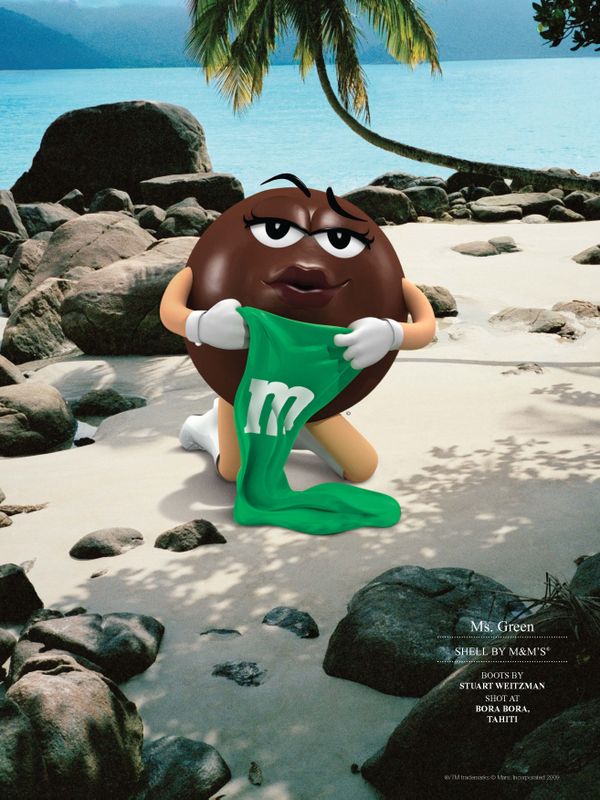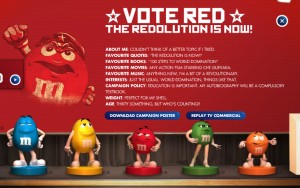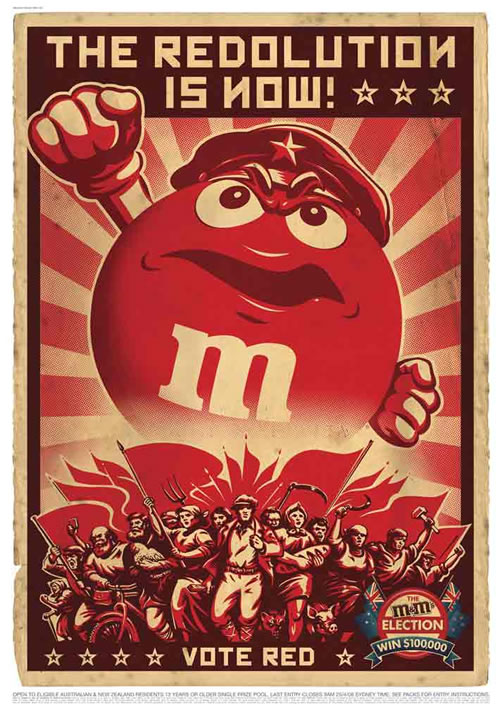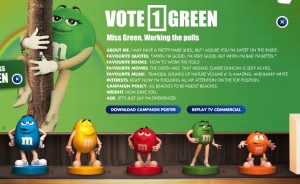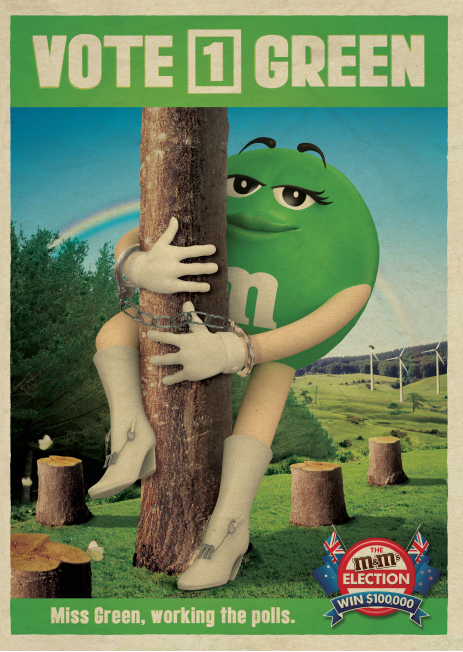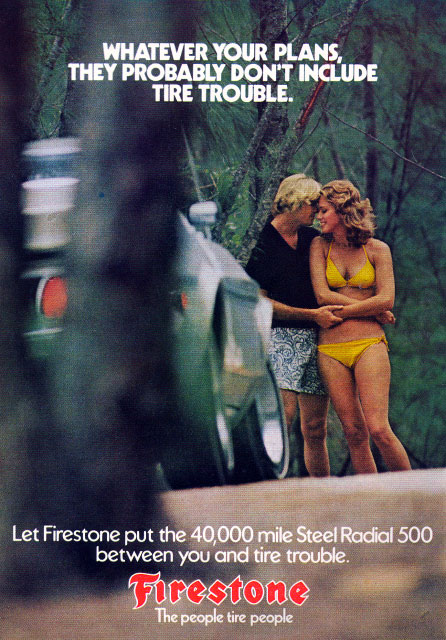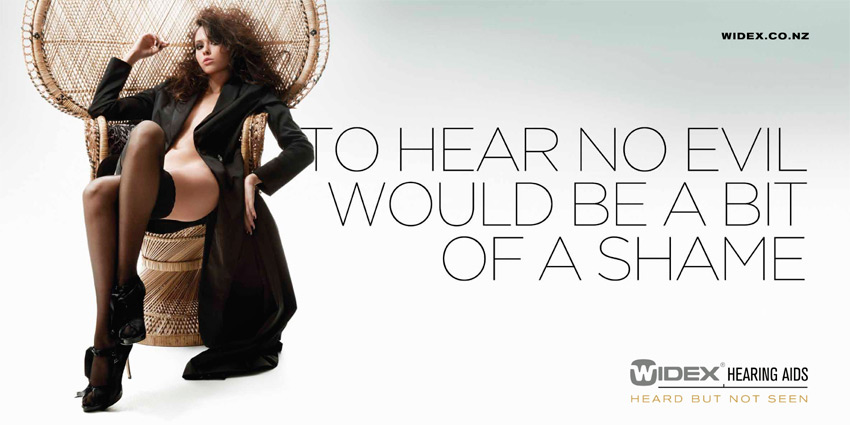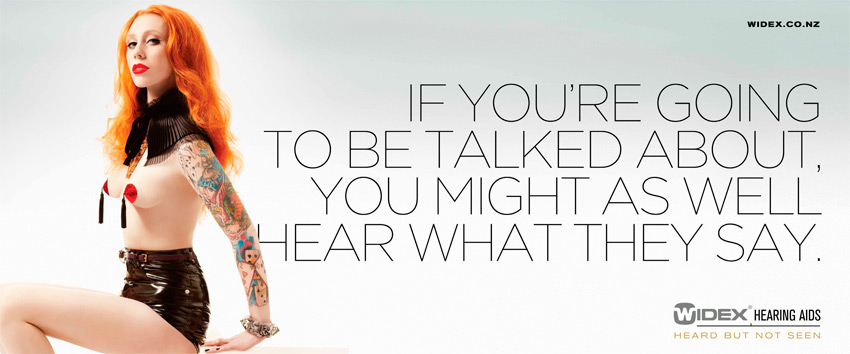Racism is ingrained in the Midwest; we’ve normalized it. Take, for example, my earlier post on Tony Zirkle, the  Hoosier Republican congressional candidate who spoke at a dinner honoring Hitler’s birthday. (He also publicly advocated for racial segregation.) Zirkle lost, of course, but the fact that he had no problem publicly stating his racism – without thinking that others would object – shows just how commonplace overt racism can be here.
Hoosier Republican congressional candidate who spoke at a dinner honoring Hitler’s birthday. (He also publicly advocated for racial segregation.) Zirkle lost, of course, but the fact that he had no problem publicly stating his racism – without thinking that others would object – shows just how commonplace overt racism can be here.
One of the best examples is the “U-Washee” in Richmond, Indiana. The laundromat is, literally, built on racist stereotypes of Chinese people and no one gives it a passing glance. It’s 1940’s era cartoon stereotype mascot, what Margaret Cho calls “feng shui hong kong fooey font,” and the extra “ee”s at the end of words in the business’s name and posted notices all combine to form one hellish timewarp into a past America most areas have forgotten but we tend to accept as typical – and no one utters a peep.
Losing Sight of the Past
While Americans tend to think of the South when the subject of racism comes up, the Midwest is no stranger to our own brand of anti-minority bigotry. The Klu Klux Klan was headquartered in Indiana for many years. The former national Grand Dragon, D.C. Stephenson‘s, home is blocks from mine; he more or less ran our state government in the 1920’s. One July 1923 Klan rally hosted by Stephenson in nearby Kokomo drew an estimated 50,000 people.
Bigotry flourished around the nation thanks to Stephenson’s efforts. He influenced governors, state legislators and congressmen. It wasn’t until he abducted, forcibly intoxicated, assaulted and raped a white neighbor woman who later died that he became a societal pariah. (One witness said her body looked like she’d “been chewed by a cannibal.” He was sentenced to life in prison.) No one knows if there were any African-American victims too; they were never considered.
Racism is part of our heritage too.
Don’t Get Too Worked Up
The reader who sent in these photos described his encounter at the laundromat. While he was taking the pictures, another customer walked up to him to ask, “You’re not from around here, are you?” It wasn’t meant in a threatening manner, but more of a bemused “Well, this is Indiana…” general excuse.
It’s often said that one thing Hoosiers fear most is change. We use it as a crutch to continue any bad behaviors we want to tacitly condone. Smoking rate too high? Our citizens are stressed over the economy. Rate of overweight people per capita one of the highest in the nation? It’s the diet. No protections whatsoever for gays and lesbians? These type of things take time.
Apparently almost 50 years isn’t quite enough.
Rewarding Bigotry
Another interesting aspect to this story is the financial angle. The unemployment rate in Richmond is 9.8%. Very few small businesses are succeeding. The “U-Washee” is entirely built around this racist theme and to remove the associations would cost a small fortune – new signage inside and out, a new name, changed business records with resultant legal fees, etc.
The owner is an elderly white man who’s barely making ends meet as energy costs and business expenses have skyrocketed while income has stayed the same. He’ll wash, dry and fold your clothes for you for $1 per pound. He provides a service the community needs. How do you wash your clothes if you don’t have a car to drive miles to another laundromat? There are three* other laundromats in the city of 40,000 people.
How does the community deal with the issue without cutting off their nose to spite their face in these desperate economic times?
Large Issues to Deal With
Confronting racism is never an easy task. Adding in poverty, employment and basic living issues only compounds the problem. If no one is complaining, why stir up trouble?
0.8% of Richmond’s population is Asian according to the US Census Bureau. They’re not complaining. The citizens obviously aren’t either. A quick Google search for “U Washee Richmond” shows exactly one relevant link – a listing for the pay phone. No other blog posts. No outrage in the newspaper. No protests outside the business.
What right do I have to interject myself in their affairs?
The Stain That Will Not Wash Away
I’ve not reached out to the “U-Washee” before posting these pictures and commentary. I plan to do it though, because someone has to speak up. I won’t demand or threaten. My goal is to help the owner move his business past the anti-Chinese racist stereotypes and not to shut the place down.
Someone has to speak up. Someone has to be first and break the cycle of complacency – the “I’m better than those poor deluded people” theory that too often excuses the continuation of prejudices and vices. Someone has to speak up.
Otherwise this stain will never wash away.
*Commenter AWB has pointed out that two laundries I thought were closed are open. I corrected the number of laundries in the town.
—————————-
Bil Browning is a long-time LGBT activist and writer. He is the co-owner and Editor-In-Chief of The Bilerico Project – an LGBT political blog recently named one of four “must reads” by the Washington Post. He and his partner, Jerame Davis, live with their teenage daughter in Indianapolis, Indiana. We asked Bil if we could reproduce this post from his blog and he said “yes.”
If you would like to write a post for Sociological Images, please see our Guidelines for Guest Bloggers.








